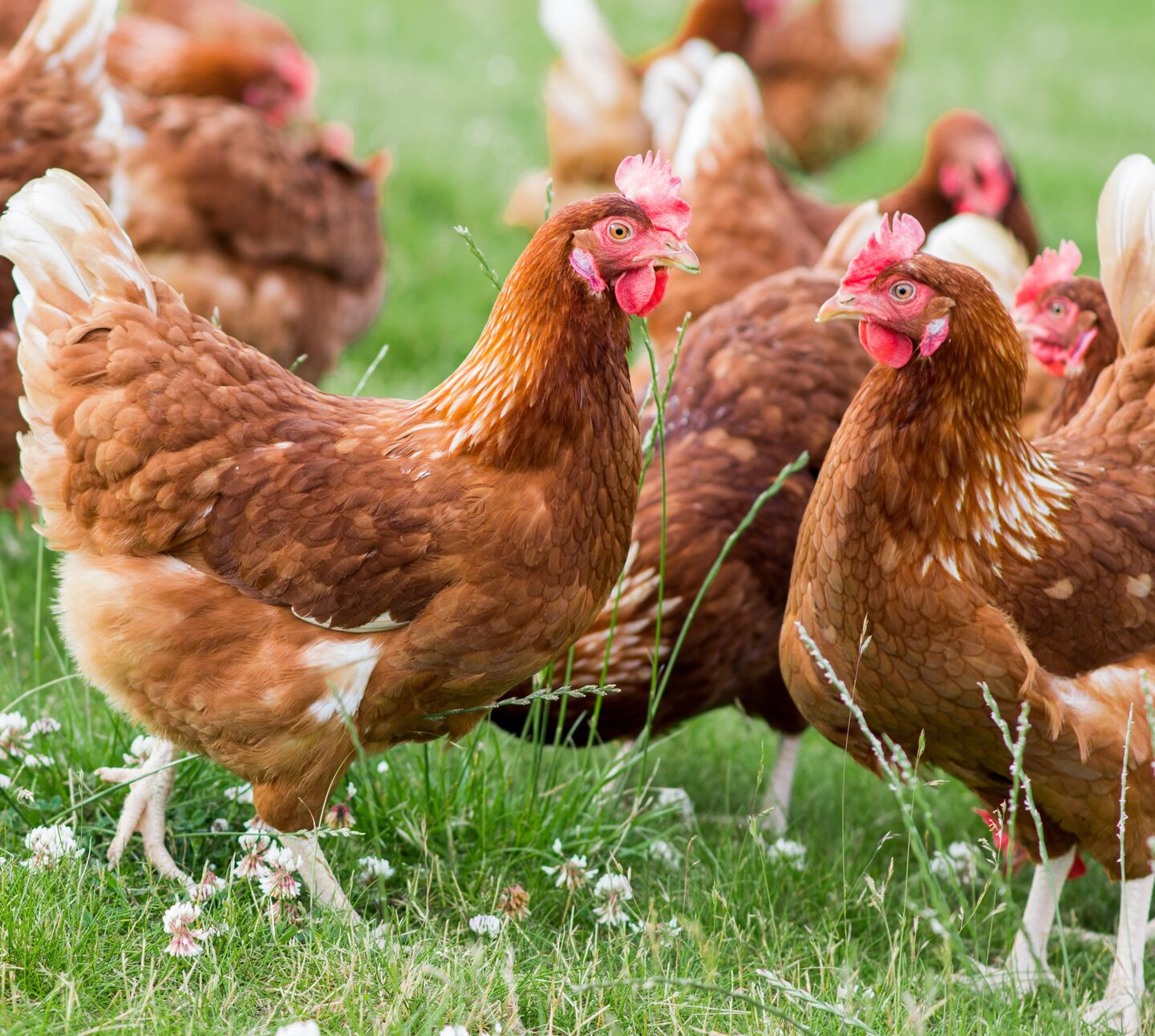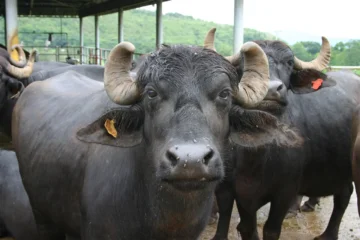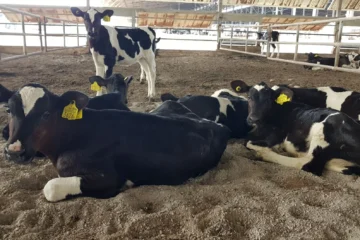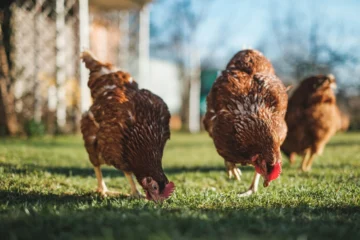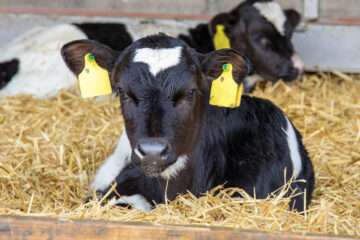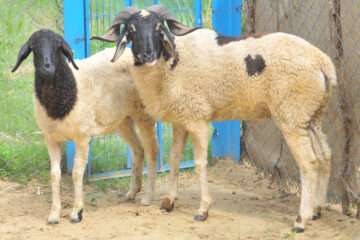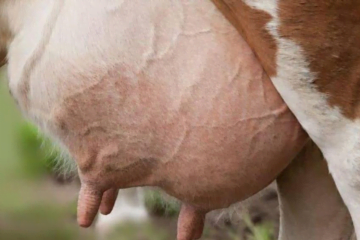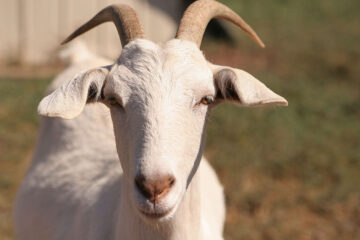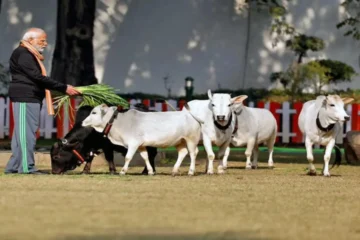Poultry farming in Tamil Nadu has evolved from backyard rearing to intensive farming in large-scale open sheds. This change has led to various issues due to factors like inadequate space, overcrowding, proximity of farms, allowing backyard poultry to graze near commercial farms, and lack of proper management knowledge among farmers. These issues have resulted in increased disease prevalence, causing economic losses due to mortality, medical expenses, and reduced productivity.
Among the significant causes of mortality in poultry are bacterial diseases. Understanding these diseases and their prevention methods is crucial for effective poultry management.
Key Bacterial Diseases
1. Colibacillosis
Pathogen: Escherichia coli (E. coli)
Symptoms:
- Lethargy
- Reduced feed intake
- Weight loss
- Nasal discharge
- Coughing and sneezing
- Swollen navel and abdomen in chicks
Prevention:
- Maintain clean and sanitized poultry houses.
- Regularly use disinfectants.
- Provide clean water with chlorine to reduce bacterial contamination.
- Remove predisposing factors like ammonia buildup and other diseases like Newcastle disease.
- Administer appropriate antibiotics under veterinary guidance.
2. Salmonellosis
Pathogen: Salmonella species
Symptoms:
- Lethargy
- Huddling
- Reduced feed intake
- Growth retardation
- White fecal matter around the vent
- High mortality in chicks aged 2-3 weeks
- Respiratory distress and swollen abdomen
Prevention:
- Provide clean feed and water.
- Maintain a clean environment.
- Purchase chicks from Salmonella-free parent stock.
- Isolate and test suspected birds.
- Administer antibiotics and probiotics as prescribed by a veterinarian.
3. Infectious Coryza
Pathogen: Avibacterium paragallinarum
Symptoms:
- Nasal discharge
- Facial swelling
- Watery eyes
- Labored breathing
- Reduced egg production
Prevention:
- Isolate affected birds.
- Vaccinate birds subcutaneously at 5 and 10 weeks.
- Avoid mixing birds of different ages.
- Administer antibiotics like sulfa drugs, erythromycin, and tetracycline as advised by a veterinarian.
4. Chronic Respiratory Disease
Pathogen: Mycoplasma gallisepticum
Symptoms:
- Reduced production performance
- Nasal discharge
- Coughing
- Weight loss and reduced egg production
- Swollen tissues around the head and eyes
Prevention:
- Avoid rearing birds of different ages together.
- Source chicks from Mycoplasma-free parent stock.
- Administer antibiotics like tylosin and tiamulin under veterinary guidance.
5. Fowl Cholera
Pathogen: Pasteurella multocida
Symptoms:
- Lethargy
- Ruffled feathers
- Reduced feed intake
- Nasal discharge
- Swollen wattles and face
- Joint swelling and lameness
Prevention:
- Control rodent and predator movements in poultry farms.
- Maintain good hygiene.
- Isolate and treat affected birds with antibiotics like sulfa drugs, tetracycline, and penicillin as advised by a veterinarian.
6. Necrotic Enteritis
Pathogen: Clostridium perfringens
Symptoms:
- Lethargy
- Ruffled feathers
- Reduced feed intake
- Swollen intestines and mucosa resembling a towel
Prevention:
- Provide high-quality feed.
- Maintain cleanliness.
- Prevent coccidiosis.
- Administer neomycin or lincomycin as prescribed by a veterinarian.
7. Gangrenous Dermatitis
Pathogen: Clostridium and Staphylococcus species
Symptoms:
- Lethargy
- Ruffled feathers
- Swollen head, wattles, and legs
- Foul-smelling and easily peelable skin
Prevention:
- Regularly use disinfectants in poultry houses.
- Provide vitamins and minerals like vitamin E, selenium, and vitamin C in feed.
- Administer antibiotics like amoxicillin under veterinary guidance.
Conclusion
Understanding and effectively managing bacterial diseases in poultry can significantly reduce mortality and increase productivity. By maintaining cleanliness, providing high-quality feed and water, and following veterinary guidelines for vaccinations and treatments, farmers can achieve better economic returns from poultry farming.
By implementing these preventive measures, poultry farmers can ensure the health and productivity of their flocks, minimizing economic losses and enhancing overall profitability.
Dr. K. Premavalli, Associate Professor, Poultry Development Division, Postgraduate Research Institute of Animal Sciences, Kattupakkam, Chengalpattu District.

